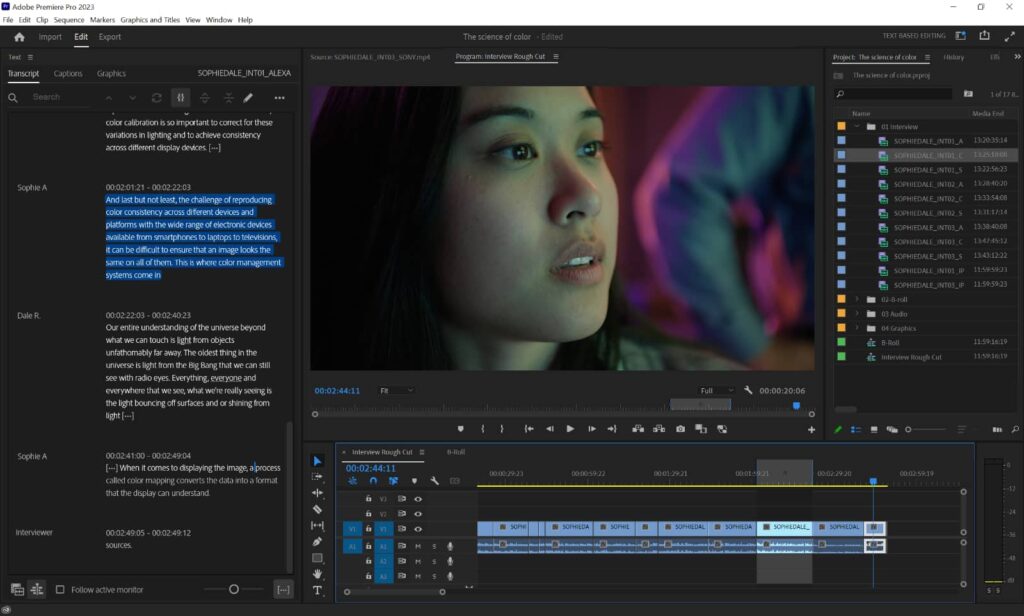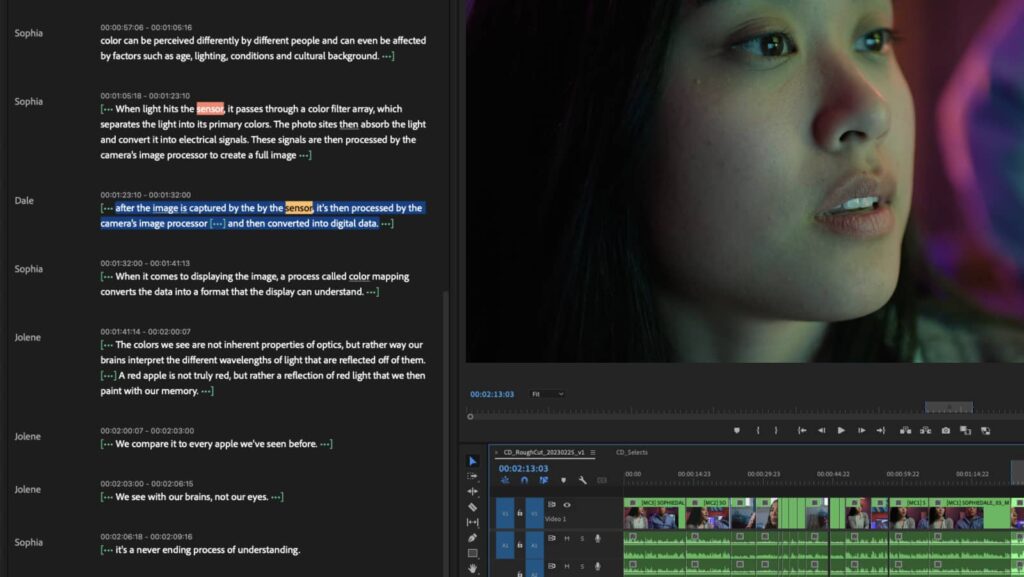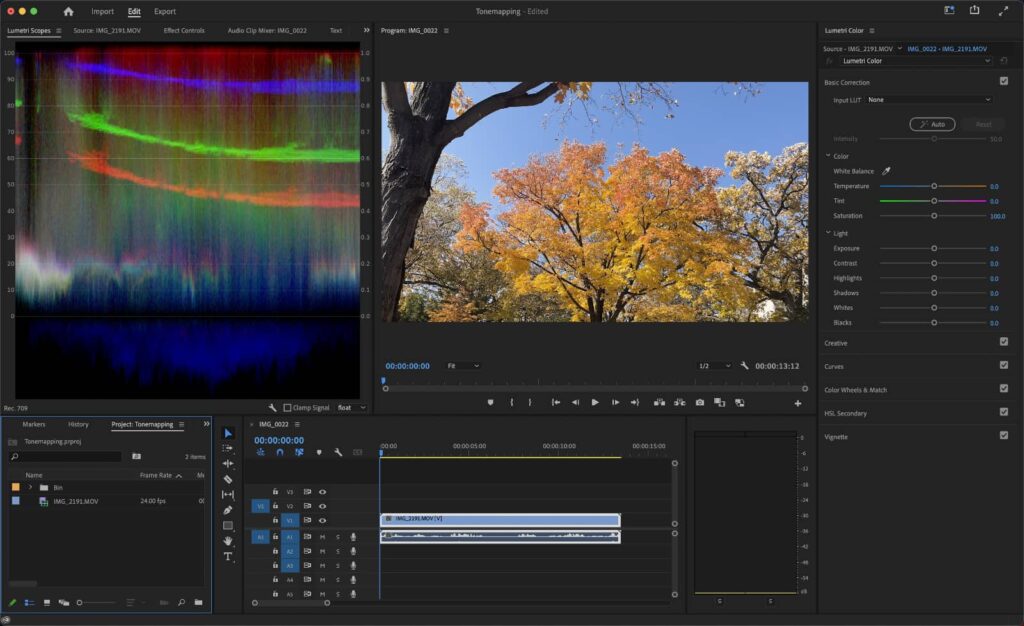Non-linear video editing is about to change as Adobe embraces words and text to make edits faster overall.
We’re seeing a lot of changes in the world of software, and artificial intelligence is a big reason for why. With chips including neural processing across the board and machine-learning models becoming a new buzzword for plenty of companies, it’s probably unsurprising to find AI weaving itself into nearly every content creation app you can find.
Whether or not you’re a fan of the AI-based art floating around the place, or are keen to dabble in the complex area that is ChatGPT and how it turns everyone else’s words into something else, artificial intelligence is here to stay and is making a dent on what we do in the regular day to day.
Over in the creative world, it’s clearly making a dent on image creation, and that’s not the only development, as Adobe has showcased this week.
Adobe’s video editing solution Premiere is testing an addition leveraging Adobe’s own AI, Sensei, allowing its software to automatically transcribe video clips and allows video editors to edit those clips together simply by copying and pasting parts of the transcript together.
In a way, it’s a similar concept to what Descript has been building into its podcast-editing software, allowing you to move parts of a podcast around by text alone and render it into audio.
With Adobe’s latest announcement, that approach will be taken to video, letting you edit videos by moving text from a transcript, and then having Adobe’s Sensei AI also mix and match footage to get consistent colour.
They’re additions that could see editors building videos with even greater speed, allowing them to lean more on their keyboard for editing rather than a mouse or any other peripheral they might rely on.
There are other features, too, such as improvements to GPU acceleration, background auto-save speed, sequence locking so that shared video edits can only be changed by select members, and support for Premiere’s Speech to Text working in more languages, as well.
After Effects will see some of its motion skills improved upon, as well, covering more control over individual items in the Properties Panel, while shapes will see faster rendering and more consistent colour control, to name a few things.
Some of these features will come later, though, such as that intriguing style of text-based video editing, which is in beta now but isn’t expected to be live for subscribers to Adobe’s Creative Cloud until May.
As for what Adobe’s competitors have in store to compete, that remains to be seen, but the ball may well be in Apple’s court for what Final Cut Pro will do next, as well as all of the other video editing apps out there, as well.









